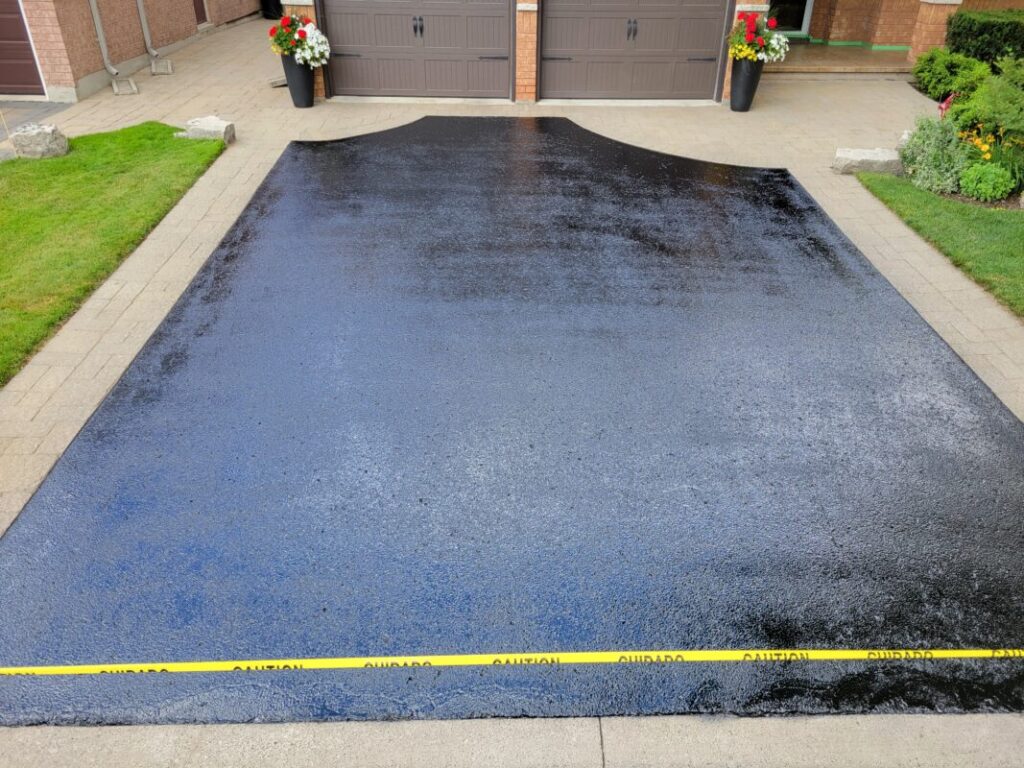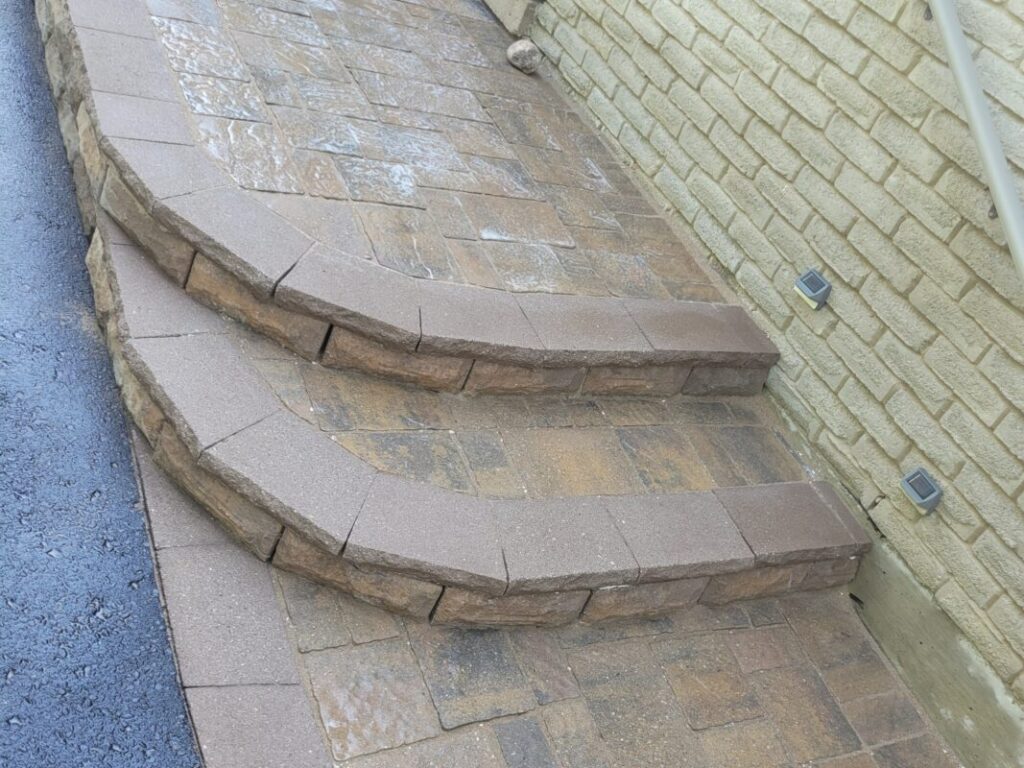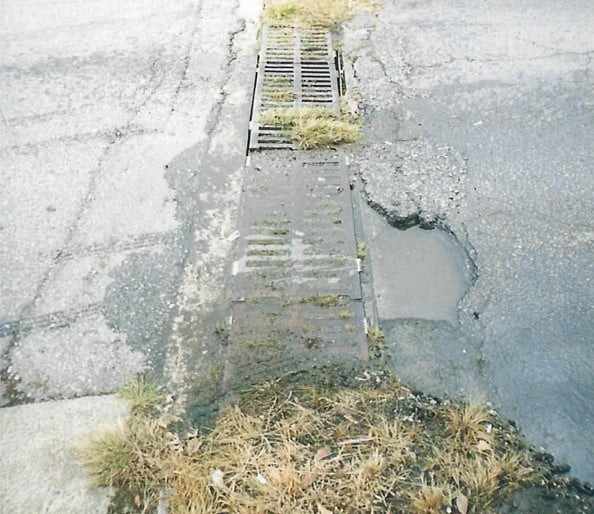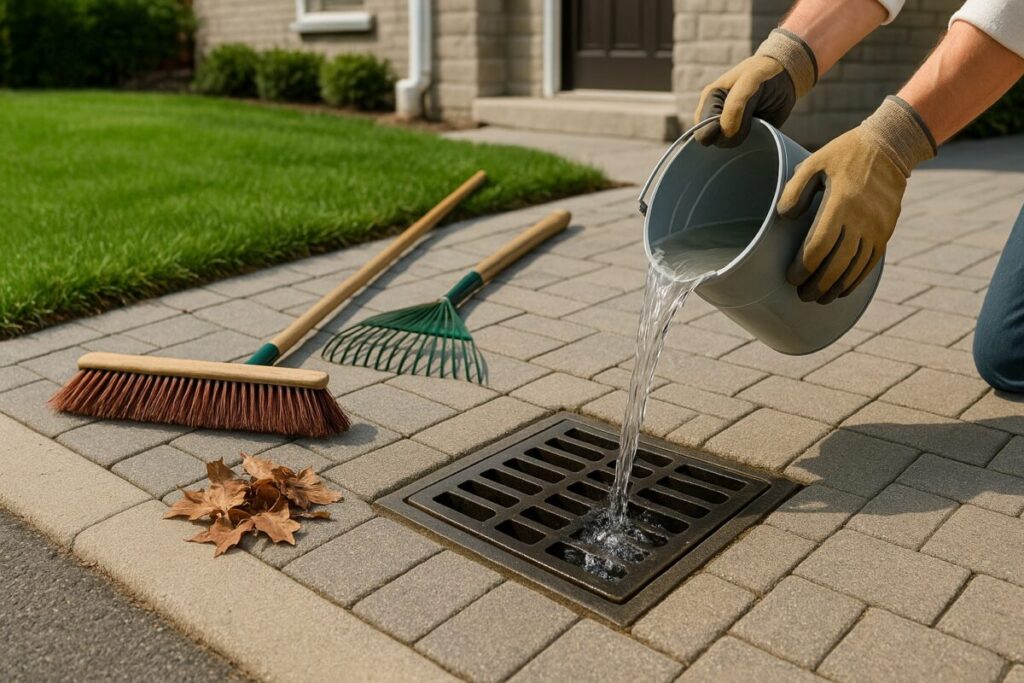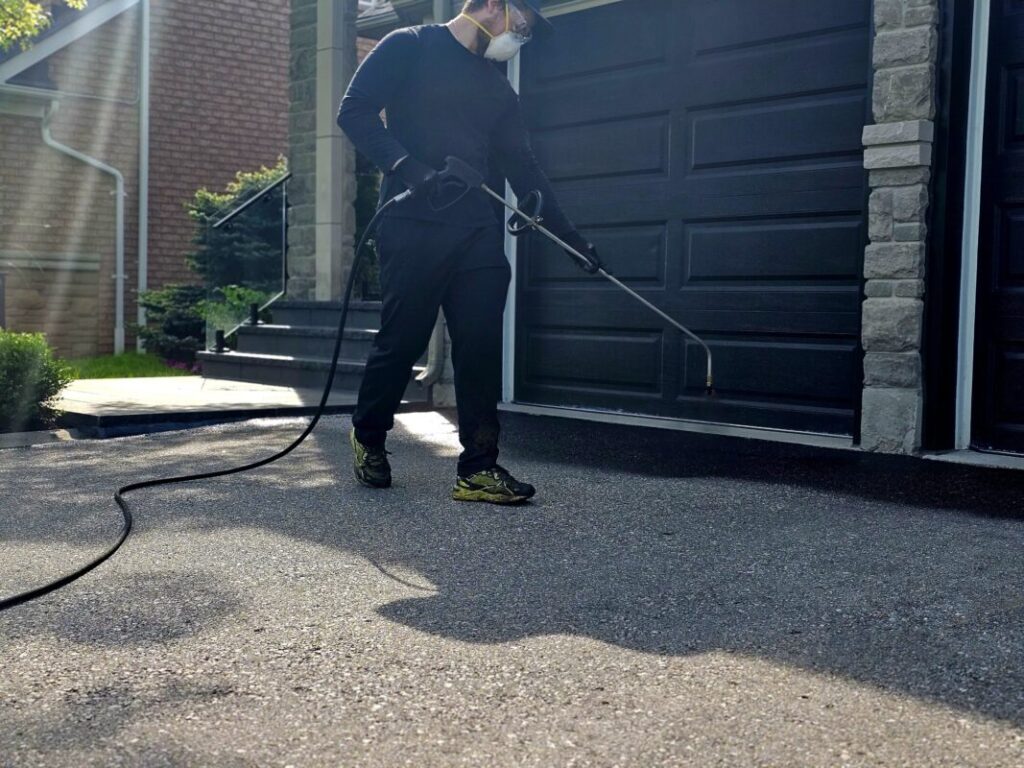Every winter, property owners across Vaughan, Richmond Hill, Markham, Newmarket, Aurora, King City, and the GTA face one of asphalt’s biggest enemies—the freeze-thaw cycle. It’s a natural process that occurs when temperatures fluctuate above and below freezing, but its effects on driveways, parking lots, and roads can be devastating if left unchecked.
Over time, repeated freezing and thawing causes cracks, potholes, and structural damage that shorten your driveway’s lifespan. In this guide, we’ll explain how freeze-thaw cycles damage asphalt, why it happens, and what you can do to protect your investment with proper maintenance and driveway sealing.
What Is a Freeze-Thaw Cycle?
A freeze-thaw cycle happens when water penetrates small cracks or pores in the asphalt surface, then freezes as temperatures drop. When water freezes, it expands by roughly 9–10%, widening those cracks. When temperatures rise again, the ice melts, leaving more space for water to fill—and the process repeats.
In regions like Ontario, this cycle can happen dozens of times each winter, putting continuous stress on pavement surfaces. Over time, the expansion and contraction weaken the asphalt binder, loosen aggregates, and cause surface deformation.
How Freeze-Thaw Cycles Damage Asphalt

1. Cracking and Surface Separation
The first visible effect of freeze-thaw damage is cracking. These hairline fractures may seem harmless at first, but each cycle widens them further. As moisture seeps in, the cracks deepen, allowing even more water to penetrate the base layer.
2. Pothole Formation
When water penetrates deeply into the pavement and freezes repeatedly, it can break apart the sub-base that supports your driveway. As vehicles drive over these weakened areas, the asphalt collapses—forming potholes.
In Vaughan, Richmond Hill, and Aurora, where salt and plowing add extra wear, potholes can develop within one or two winters if sealing is neglected.
3. Base Layer Erosion
Once the asphalt surface loses its seal, water starts eroding the base layer beneath. This leads to soft spots, uneven pavement, and eventual structural failure. Without timely sealing or crack filling, even small driveways may require complete resurfacing.
4. Oxidation and UV Damage
While not directly caused by freezing, winter weather accelerates oxidation—the process by which asphalt becomes brittle and loses flexibility. Combined with freeze-thaw stress, this dramatically reduces the pavement’s ability to “bounce back” after expansion and contraction.
Ontario’s Unique Challenge
Ontario’s climate makes asphalt maintenance especially challenging. In cities like Newmarket, King City, and Markham, temperatures can swing from -20°C to +5°C within 24 hours. These extreme shifts make the freeze-thaw cycle more aggressive than in milder regions.
Salt use also adds to the problem. While essential for safety, de-icing salt seeps into cracks and chemically breaks down the asphalt binder. That’s why properties in the GTA require more frequent sealing and inspection than those in warmer climates.

How to Protect Asphalt from Freeze-Thaw Damage
1. Regular Driveway Sealing
Sealing your driveway every 2–3 years adds a waterproof barrier that prevents water from penetrating the surface. Professional-grade sealers resist salt, oil, and moisture infiltration, significantly reducing the effects of freeze-thaw cycles.
At No Limit Sealing, we use commercial-grade asphalt sealants designed for Ontario’s climate, ensuring maximum protection and durability.
2. Prompt Crack Filling
Small cracks may look minor, but they’re open invitations for water infiltration. Early crack repair with hot rubberized filler prevents those fissures from expanding into major structural issues.
3. Ensure Proper Drainage
Standing water accelerates freeze-thaw damage. Make sure your driveway is properly graded and that catch basins or drains are clear and functioning. Our catch basin repair services in Vaughan, Richmond Hill, Markham, Newmarket, Aurora and the GTA can help restore effective drainage where needed.
4. Avoid Chemical Damage
Limit the use of harsh de-icers that can eat away at asphalt. Opt for calcium magnesium acetate or sand-based alternatives, which are gentler on surfaces.
5. Schedule Annual Inspections
A professional inspection before winter helps identify weak spots, surface deterioration, and drainage issues. Routine maintenance ensures that small problems are addressed before winter magnifies them.
The Cost of Prevention vs. Repair
Preventive maintenance is far cheaper than major repair.
- Driveway sealing: $300–$600 every few years.
- Crack filling: $3–$5 per linear foot.
- Pothole patching: $10–$15 per square foot.
- Resurfacing: $8,000–$10,000+.
By investing a few hundred dollars in sealing and crack filling, property owners save thousands in resurfacing costs.
Ontario winters are tough on asphalt, but proper maintenance can dramatically extend the life of your driveway or parking lot. Understanding how freeze-thaw cycles damage asphalt empowers homeowners and businesses to take proactive steps—before the damage spreads.
At No Limit Sealing, we specialize in asphalt winter protection services across Vaughan, Richmond Hill, Markham, Newmarket, Aurora, King City, and the GTA. From sealing and crack filling to drainage repair, our team ensures your surfaces stay strong and safe all year long.
Protect your property from Ontario’s harsh winters—Contact No Limit Sealing today for expert advice and a free estimate.
To Learn More About Our Driveway Maintenance Services – Click Here
To Learn More about Catch Basin Repair Services – Click Here
To Learn More About Our Pavement Crack Filling Services – Click Here
Our Interlock Maintenance Services – Click Here
Our Interlock Construction Services – Click Here
And Our Pressure Washing Services – Click Here


